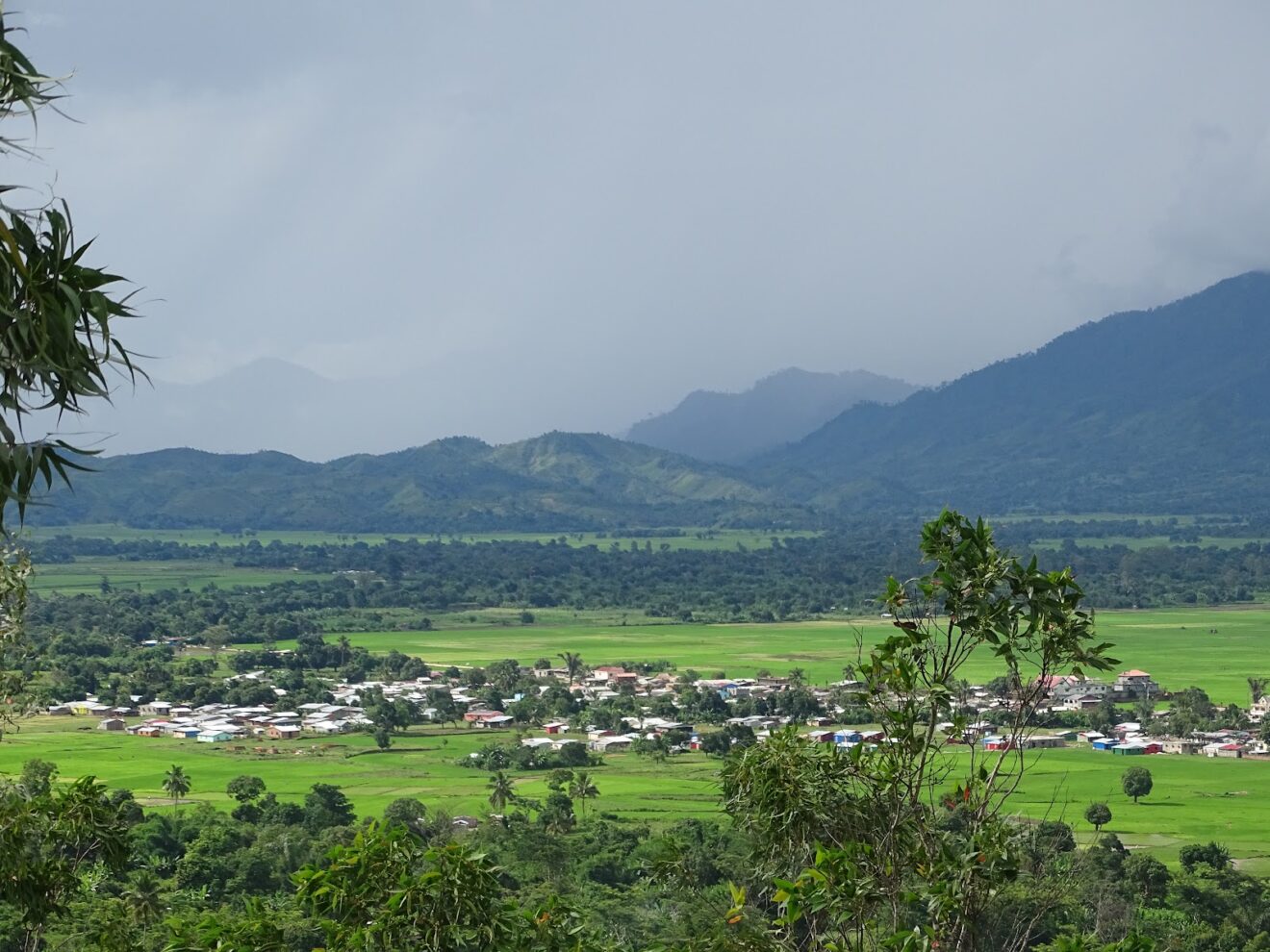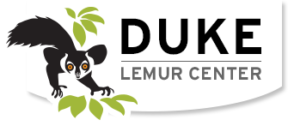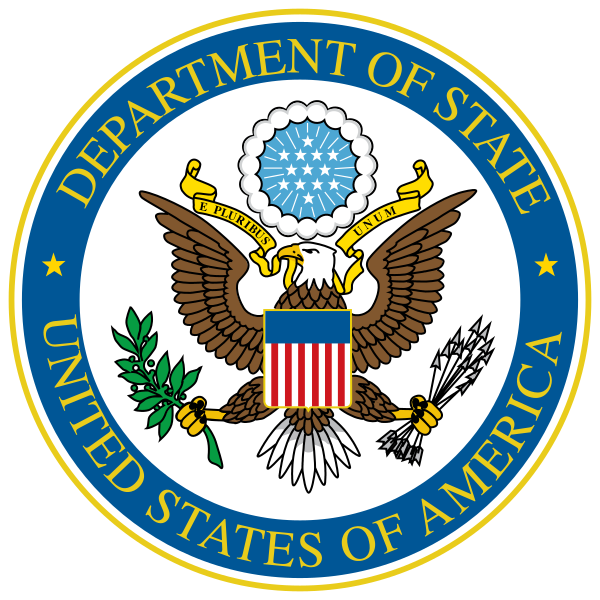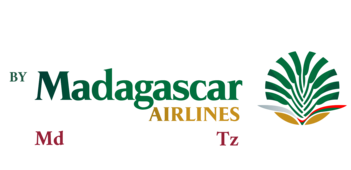The SAVA region is especially known for their vanilla production, and the coast is often referred to as the vanilla coast. A whooping eighty percent of the world’s vanilla comes from this green region! Even though this region is of exceptional beauty with rugged mountainous green parks, dense forests and wild coastlines, it is still very little known among the international public. SAVA offers some very wild, adventurous expeditions, completely off the beaten path. It harbors over seventy percent of all the primary forest in all of Madagascar. Due to a lack of tourism, SAVA still remains an authentic region with several beautiful destinations which are guaranteed to amaze you.
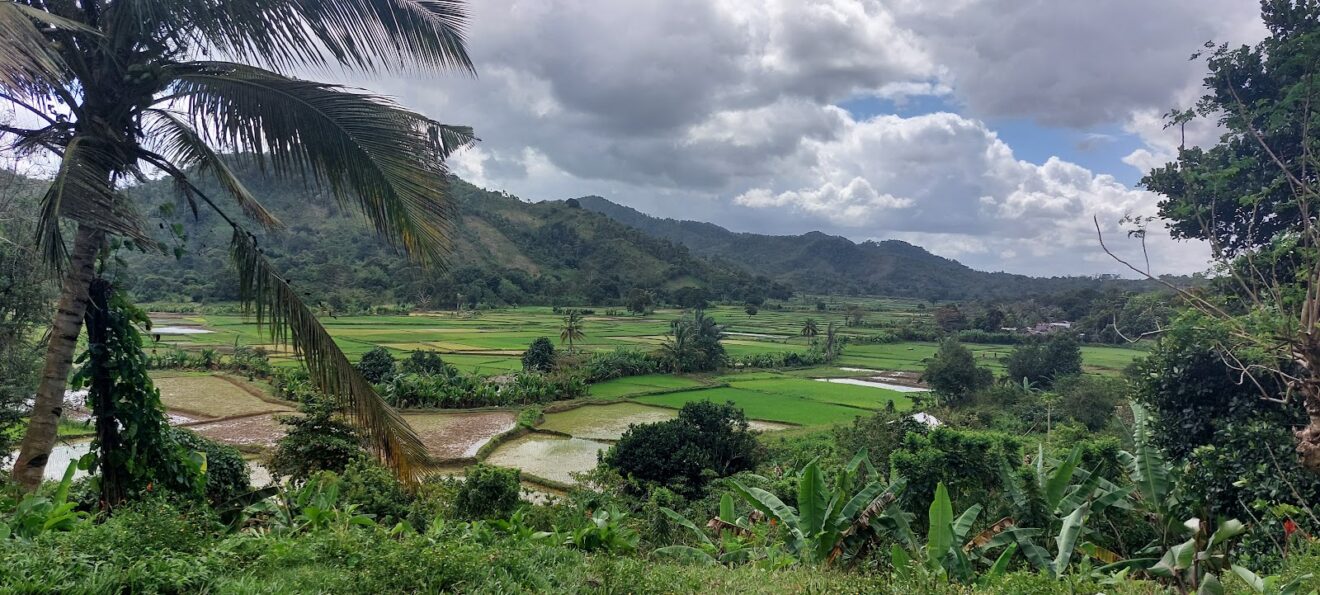
SAVA is bordered by the Diana province in the north, Sofia to the west and Analanjiorofo in the south. There are around 1.125.000 inhabitants in an area of a little over 25,500 km2, a little smaller than Belgium. The capital of SAVA is Sambava.
The name of the SAVA-Region is composed of the initial letters of the four major towns of the region: Sambava – Antalaha – Vohemar – Andapa, all of them hubs for the vanilla-trading, with Antalaha and Sambava maybe the most important of them. These four towns are connected by a road which is called the vanilla route. It is widely known that Madagascar’s bourbon vanilla is the highest quality of vanilla in the world. Besides vanilla there are other products grown here such as coconuts, chocolate and spices such as cloves.
S is for Sambava
Sambava is the capital of SAVA and the name means “where the rivers flow into the sea after meeting each other’ as Sambava is located at the point where three rivers meet the ocean. It is connected to the cities of Vohemar, Antalaha and Andapa. Besides vanilla, it also produces coffee, cloves, lychees, avocados, chocolate and other crops. The city has a beautiful coastline on which you can see herders walking their zebus under the coconut trees while watching the sunset.
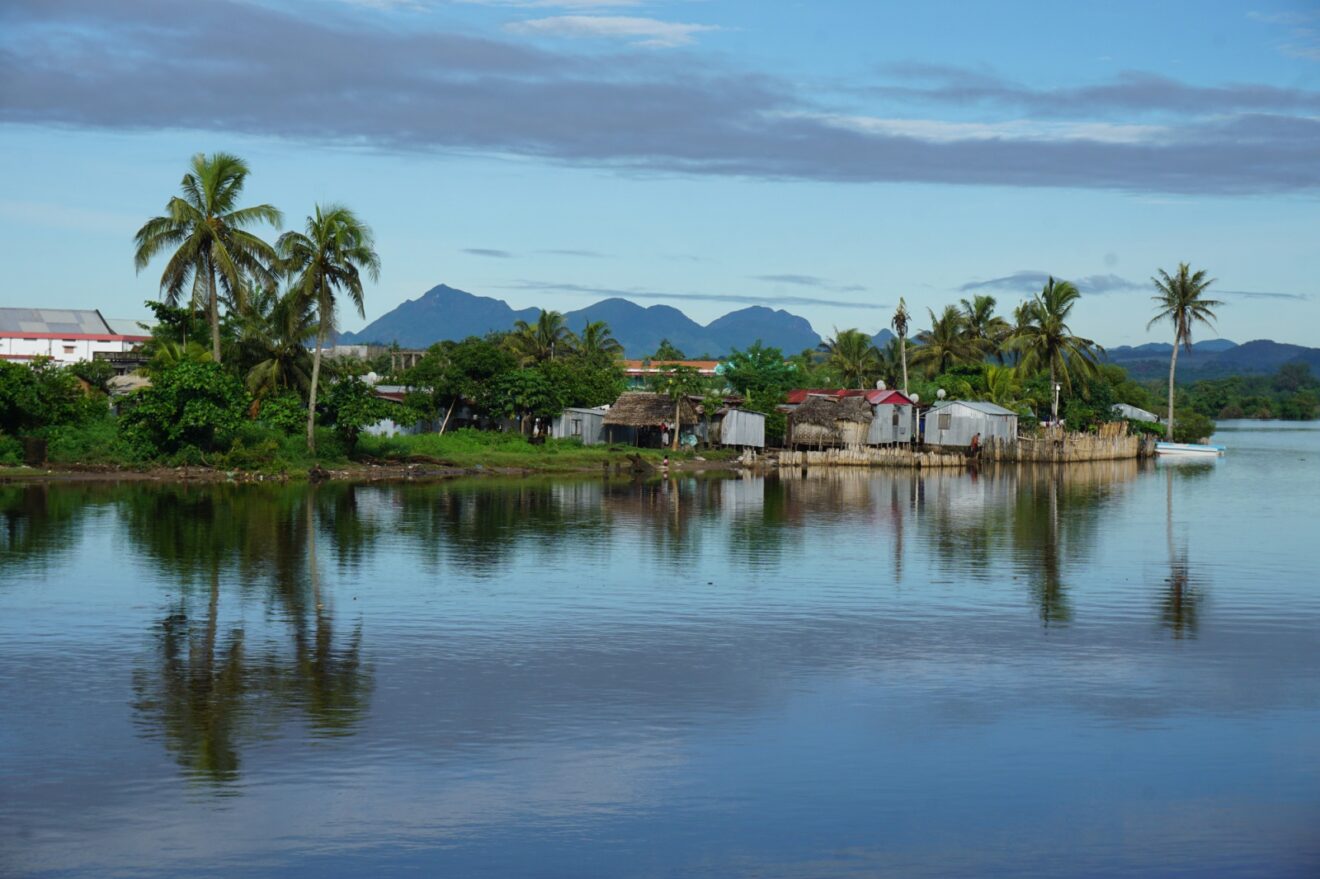
A is for Antalaha
Antalaha used to be a fishing village, which grew with the time due to the wealth related to the vanilla business. Just after Antalaha the tarred road stops and becomes wild and adventurous with many rivers to cross, sometimes even with ferries in which you pull the rope! At a certain point the road becomes impassable, even for the strongest 4×4’s and can only be done by motorbike or on foot, the road then continues through muddy, steep terrain with rocks until you reach Cap Masoala, where you’ll have splendid views of the ocean and from where you can continue into Masoala National park where many treasures await you.
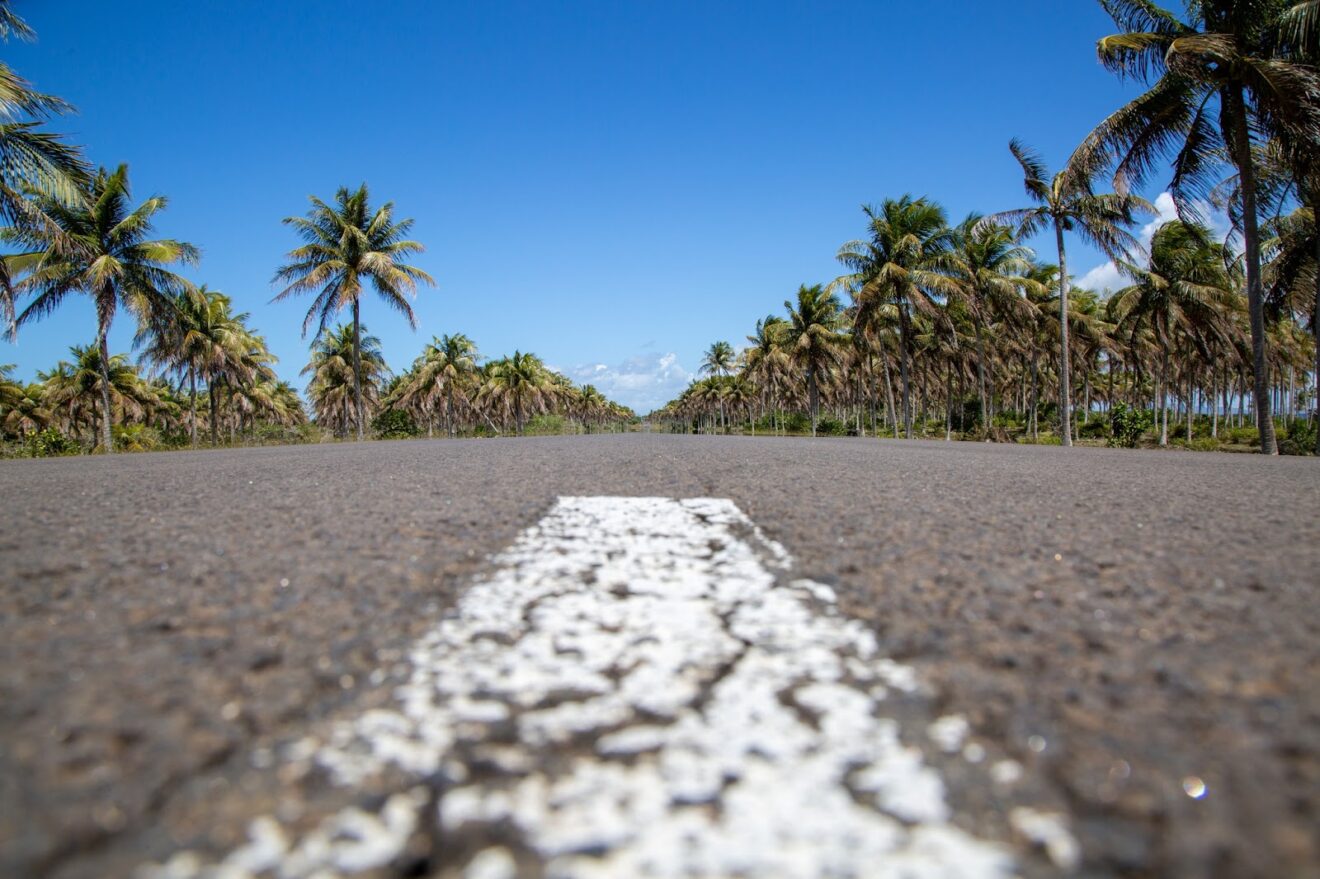
V is for Vohemar
Vohemar (Iharana in Malagasy) is another coastal city, with a population of only 15,000 people and is an ancient Swahili city and once a trading port in the 13th century and an important link to mainland Africa as well as Asia. Just like Antalaha it produces precious and semi-precious stones. The region is also famous for its zebu breeding and livestock breeding is an important activity next to farming of cassava and other crops like peanuts, rice and corn. As Vohemar is a coastal city, a part of the population is also active in the fishing domain.
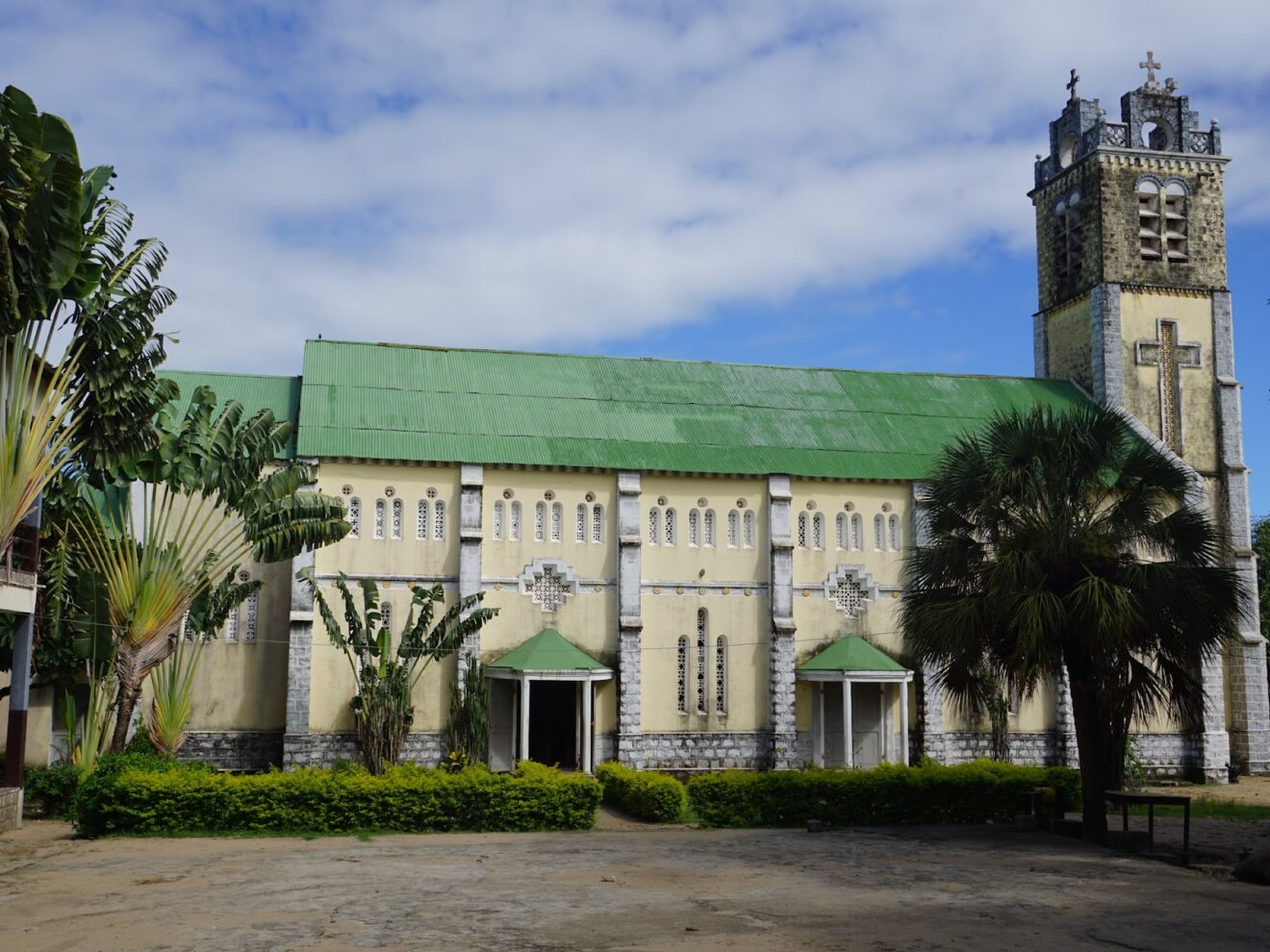
A is for Andapa
Andapa means “at the palace” in Malagasy and is the gateway to the massifs of Marojejy and Anjanaharibe-Sud National Parks, which are surrounded by hilly rice fields in all shades of green and brown. This is a great region for trekking, camping and for real, authentic experiences far far away from the beaten path. If Sava is already off the beaten path, the parks and reserves near Andapa are even more!
When you are going on a tour to the Sava Region in Madagascar, you will most likely pass through all four of these cities. During your trip you will have plenty of hiking opportunities and if you like camping this is also a great region. We highly recommend visiting the national parks. It’s hard to say which one is the best as Marojejy and Anjanaharibe-Sud offer a different experience than Masoala and we are also a big fan of the small initiatives like Agnolakely Reserve, the Antanetiambo Reserve and also Macolline near Antalaha. We do have to admit that we have a special place in our heart for Masoala National Park and especially the long, adventurous, muddy way which leads to it, which is probably the biggest adventure you can have in Madagascar, together with Makay in the south. So, if you’re up for a real adventure, we advise you not to fly to Masoala, but to jump on the back of a motorbike with us and choose the hard, but beautiful way.
Besides the forest, you’ll also fall in love with the rough coastline of the SAVA, different from the calm white beaches of Nosy Be and accompanied by the green of the forest and the fields. If you’re staying in Sambava, you will love a walk on the beach in the late afternoon under the coconut trees! In Vohemar you might want to go on a fishing trip and in Antalaha a visit to the local brochette-joint with the waves smashing against the walls of the pub should not be missed!
And of course, no visit to Sava is complete without visiting the vanilla fields and the workshops where the vanilla is dried and sorted, so make sure to not miss that! Enjoy fresh seafood and exotic fruits like mango, papaya, coconut and avocados during your stay and don’t forget to taste the zebu meat!
